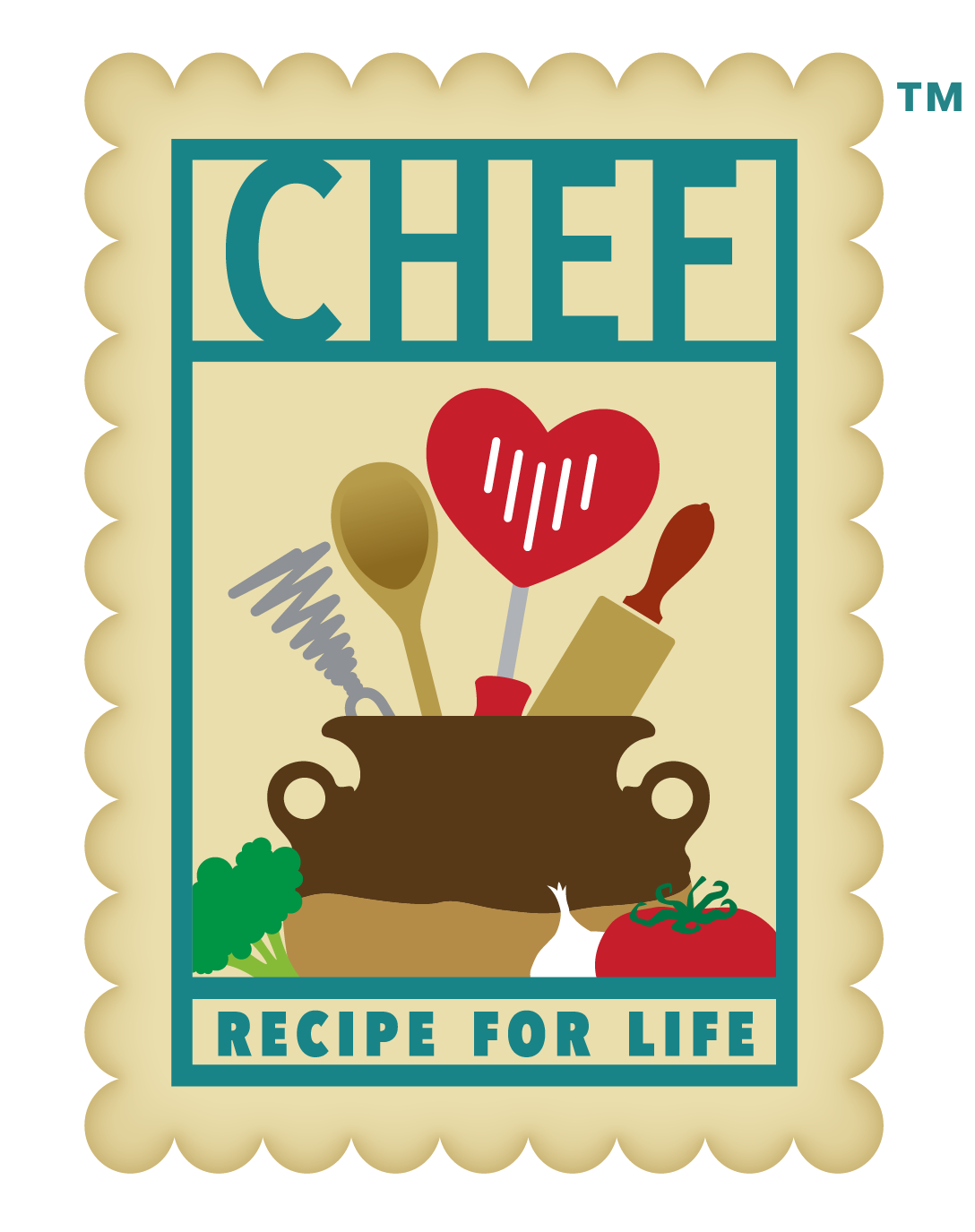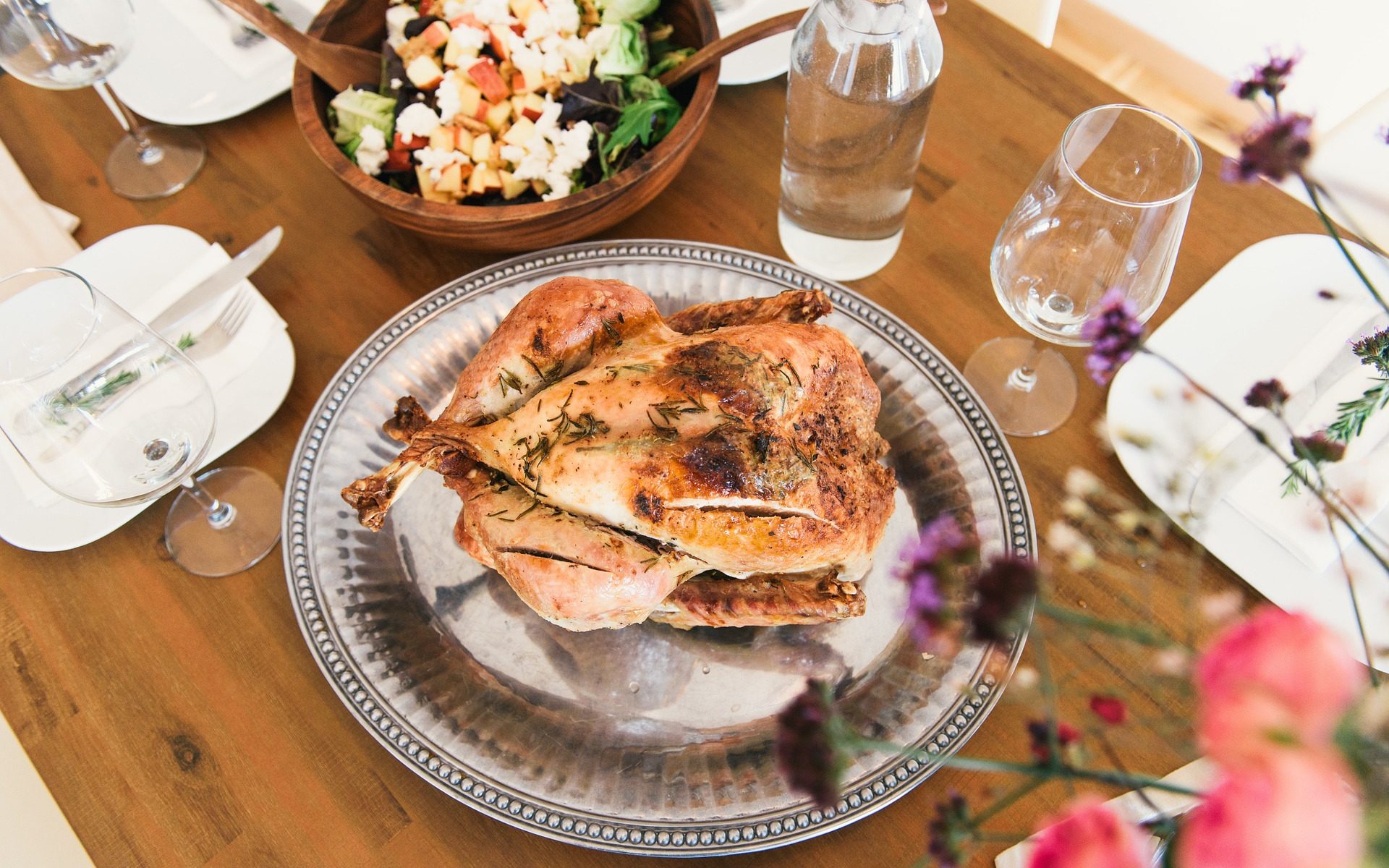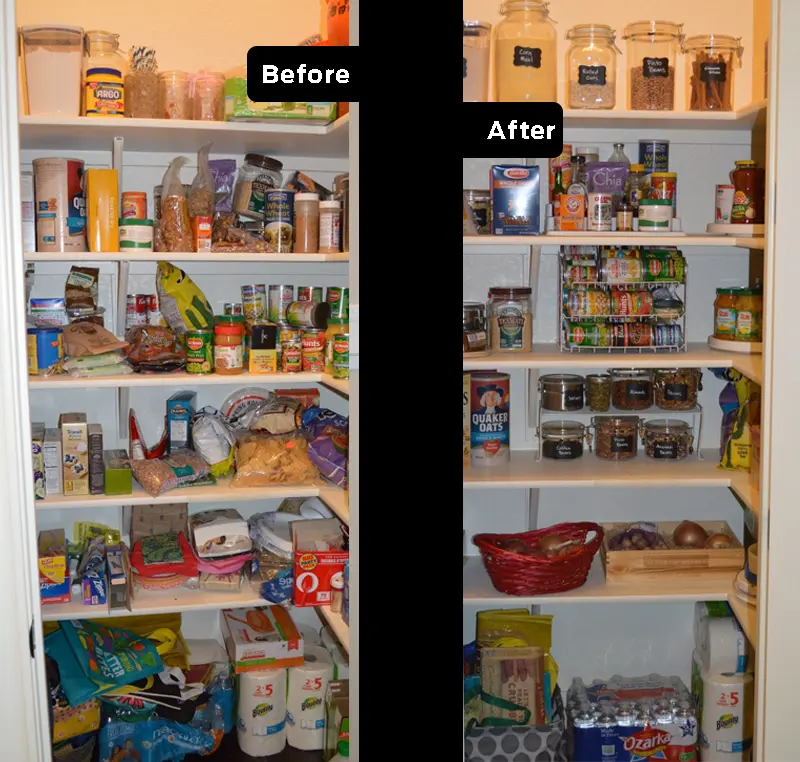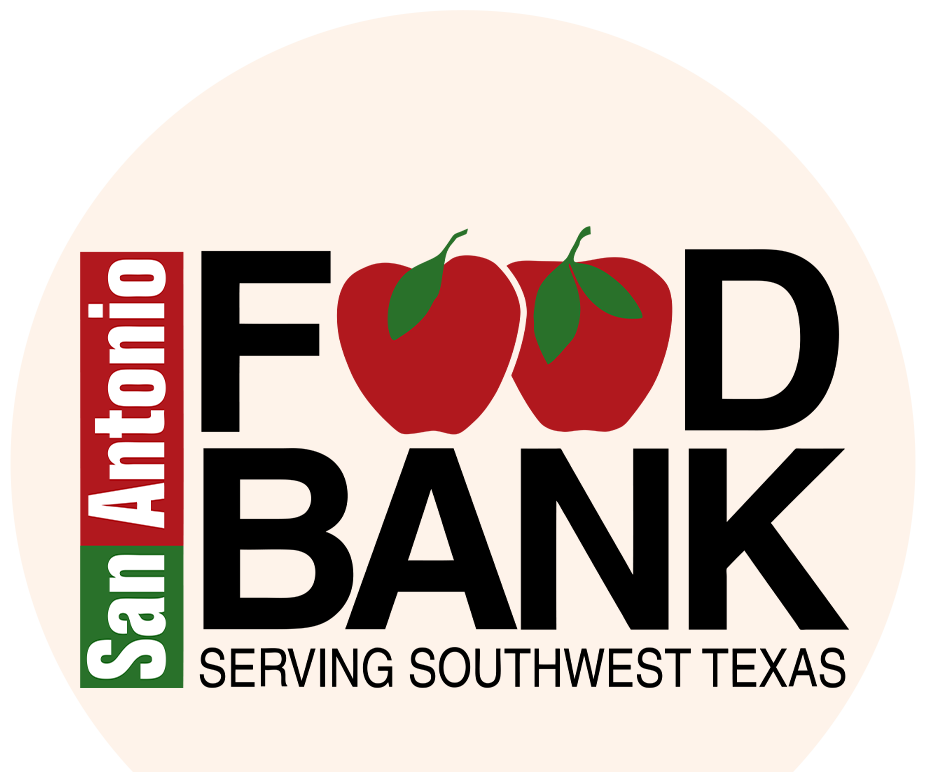by Katy Bowen, MS, RDN, LD
Director of Community Outreach, CHEF
It’s the most wonderful time of the year—and for most of us, the busiest! Between office parties, family events, and social gatherings, there are plenty of opportunities to put our healthy eating habits to the test. If you’re wondering how to navigate your way through the holiday season, while still prioritizing your health goals, we’re here to help!
Incorporate our tips into your routine and you can enjoy the holidays while staying on track.
- Add more veggies! Mushrooms, beans, and onions make great additions to just about any dish. Not only do they add valuable vitamins and minerals to your recipe, but they also add heart-healthy fiber!
- Try oven fried chicken instead of deep fried. Oven fried chicken can be just as tasty and so much healthier! Start by dredging boneless, skinless chicken breast in a mix of bread crumbs, a pinch of pepper, and 2 teaspoons of paprika. Bake the chicken at 400°F for 45 minutes, or until the chicken reaches an internal temp of 165°
- Add flavor without adding salt! Use herbs, spices, garlic, onions, and peppers to enhance your food.
- Use less cheese by cooking with bold cheeses such as sharp cheddar, goat cheese, or parmigiano-reggiano for more flavor with less fat!
- Sometimes it’s not what you take out, but what you add in to make a recipe healthier. Add more Omega 3 fatty acids to your diet by substituting fish for chicken or by adding heart healthy oils, nuts, and seeds to your recipe.
- Use whole grain flour for baking. When eaten regularly, whole grains can lessen your risk for heart disease, diabetes, and stroke.
- Skip the fat! Choose low-fat options. Substitute yogurt when a recipe calls for sour cream, mayo, or cream cheese for more protein with less fat.
- Try making a recipe meatless. Add nuts, beans, tofu, or a protein-rich grain like quinoa instead.
- Use healthy oils such as olive oil, canola oil, or soybean oil instead of solid fats like butter that are much higher in saturated fat.
- Enjoy in moderation. Sometimes there is just no substitute for that delicious pie! So instead of eating a huge slice with regular whipped cream, eat a smaller slice or share with a friend.
For more healthy eating inspiration, check out our recipes here!
